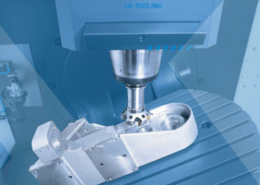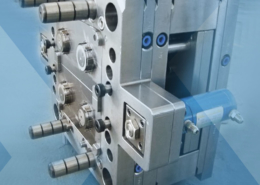
Exploring the Potential of Low-Cost Injection Molding
Author:gly Date: 2024-06-08
Introduction
Low-cost injection molding represents a significant advancement in the field of manufacturing, offering affordability, efficiency, and scalability in the production of plastic components. This article delves into the world of low-cost injection molding, uncovering its principles, applications, and impact on various industries. From small businesses to large corporations, low-cost injection molding has democratized access to advanced manufacturing technologies, driving innovation and fostering economic growth.
Understanding Low-Cost Injection Molding
Process Overview
Low-cost injection molding involves the injection of molten thermoplastic material into a mould cavity under moderate pressure, followed by cooling and solidification to form the desired component. Unlike traditional injection molding processes that require expensive machinery and tooling, low-cost injection molding leverages affordable equipment, such as desktop injection moulding machines and 3D-printed moulds. This democratization of technology enables small businesses and startups to enter the manufacturing arena with minimal capital investment.
Material Selection
Material selection plays a crucial role in low-cost injection molding, with a focus on cost-effectiveness, availability, and performance. While engineering-grade resins offer superior mechanical properties, commodity plastics like polypropylene and polyethylene provide a cost-effective solution for non-critical applications. Moreover, the emergence of recycled and bio-based materials aligns with sustainability goals, offering environmentally friendly alternatives at competitive prices.
Tooling Innovation
Innovation in tooling is central to low-cost injection molding, with advancements in additive manufacturing and rapid prototyping revolutionizing the design and fabrication of moulds. Techniques such as 3D printing enable the rapid iteration of mould designs at a fraction of the cost of traditional machining methods. Furthermore, the use of aluminum and 3D-printed moulds reduces lead times and tooling costs, making injection molding more accessible to a wider range of businesses and entrepreneurs.Applications and Impact
Small Business Empowerment
Low-cost injection molding has empowered small businesses and startups to bring their ideas to market without the barrier of high upfront costs. By democratizing access to manufacturing technology, entrepreneurs can iterate on product designs, produce prototypes, and scale production more efficiently. This democratization of manufacturing fosters innovation and entrepreneurship, driving economic growth and job creation in local communities.
Customization and Personalization
The affordability of low-cost injection molding enables customization and personalization of products to meet individual customer needs and preferences. From personalized consumer goods to custom medical devices, manufacturers can leverage injection molding to deliver tailored solutions at competitive prices. This customization fosters brand loyalty and enhances customer satisfaction, driving demand and market growth in various industries.
Sustainability and Circular Economy
Low-cost injection molding contributes to sustainability efforts by facilitating the use of recycled and bio-based materials in manufacturing. By reducing material waste and energy consumption, injection molding supports the transition towards a circular economy, where resources are reused and recycled to minimize environmental impact. Furthermore, the affordability of injection molding enables small-scale recycling initiatives, empowering communities to address plastic waste at the local level.Future Directions and Conclusion
In conclusion, low-cost injection molding represents a paradigm shift in manufacturing, democratizing access to advanced technologies and driving innovation across industries. As technology continues to evolve, fueled by advancements in materials science, digital manufacturing, and sustainability initiatives, the potential of low-cost injection molding to reshape the manufacturing landscape is limitless. By embracing affordability, accessibility, and sustainability, manufacturers can unlock new opportunities for growth and competitiveness in the global market.
Looking ahead, future research and development efforts in low-cost injection molding should focus on optimizing process parameters, enhancing material performance, and advancing tooling technologies. Moreover, collaboration between industry stakeholders, academia, and policymakers is essential to address challenges and foster the adoption of low-cost injection molding on a broader scale. By embracing innovation and collaboration, we can harness the transformative power of low-cost injection molding to build a more sustainable and prosperous future for all.
GETTING A QUOTE WITH LK-MOULD IS FREE AND SIMPLE.
FIND MORE OF OUR SERVICES:

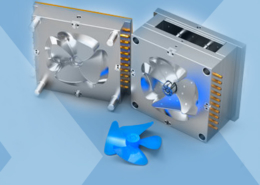
Plastic Molding
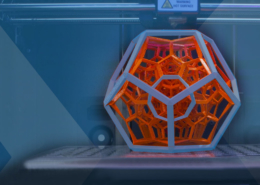
Rapid Prototyping
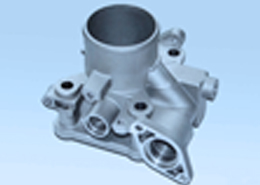
Pressure Die Casting
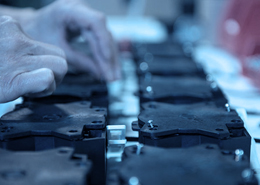
Parts Assembly
